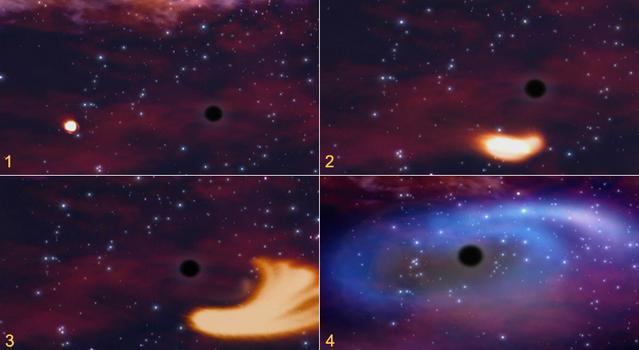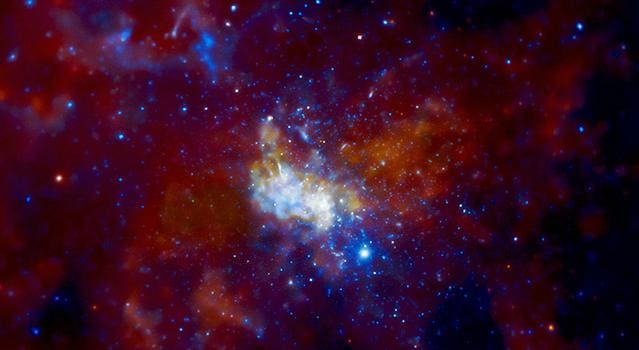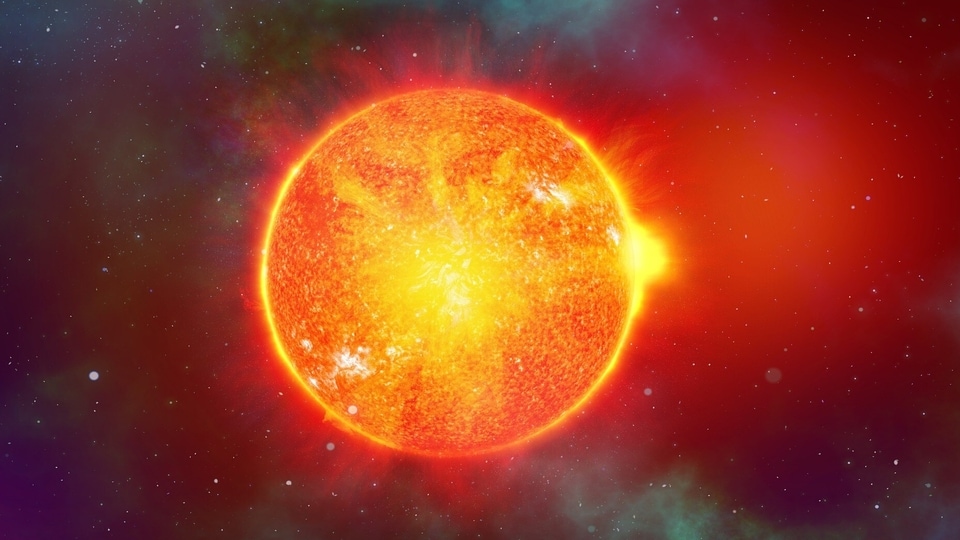Amazing discovery! Event Horizon Telescope captures amazing gas bubble
Astronomers have discovered a hot gas bubble swirling around a supermassive black hole known as the Sagittarius A*.






 View all Images
View all ImagesDid you know that there is a black hole located at the center of the Milky Way Galaxy? Nearly 26,000 light years away at the center of our Milky Way Galaxy is Sagittarius A*, a supermassive black hole which could potentially one day swallow the whole Milky Way Galaxy. The first image of this supermassive black hole was captured by the Event Horizon Telescope in May. The supermassive black hole has huge amounts of gas around it.
Now, astronomers have spotted a hot gas bubble swirling around the supermassive black hole. The discovery was made with the help of the Atacama Large Millimeter/submillimeter Array (ALMA) located in the Antofagasta Region of the Atacama Desert in Chile. This discovery was published in the Astronomy & Astrophysics journal by Maciek Wielgus of the Max Planck Institute for Radio Astronomy in Bonn, Germany, who led this study.
The astronomers spotted the hot gas bubble shortly after a burst of X-ray flare was emitted from the center of the Milky Way Galaxy, as observed by NASA's Chandra Space Telescope. Speaking about this discovery, Wielgus said in the official press release, ““What is really new and interesting is that such flares were so far only clearly present in X-ray and infrared observations of Sagittarius A*. Here we see for the first time a very strong indication that orbiting hot spots are also present in radio observations.”
According to the study, the X-ray flare burst is associated with a phenomenon called ‘Hot Spots'. Jesse Vos, a PhD student at Radboud University, the Netherlands, who was also involved in this study said, ““Perhaps these hot spots detected at infrared wavelengths are a manifestation of the same physical phenomenon: as infrared-emitting hot spots cool down, they become visible at longer wavelengths, like the ones observed by ALMA and the EHT.”
This discovery confirms the observations made by previous studies conducted by the GRAVITY instrument at European Southern Observatory's Very Large Telescope (VLT). The data collected by both the GRAVITY and the ALMA confirms that flare originates from a hot gas bubble present at the center of the Milky Way Galaxy.
Catch all the Latest Tech News, Mobile News, Laptop News, Gaming news, Wearables News , How To News, also keep up with us on Whatsapp channel,Twitter, Facebook, Google News, and Instagram. For our latest videos, subscribe to our YouTube channel.































